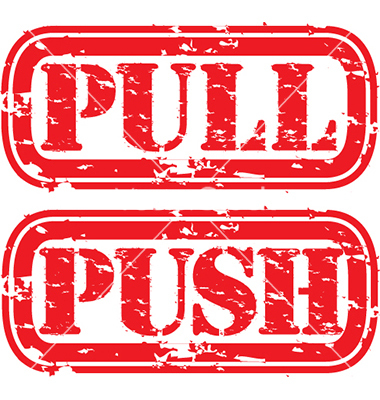E-mail sucks, plain and simple. It drives somewhere between 28 and 33 percent of your workday per most studies, no one contextualizes anything (so everything seems urgent), and no one really reads past line 4-5 unless it’s from a bigwig. (And don’t even get me started on f’n out-of-office.)
So look, you can’t ever eliminate e-mail. Why? Simple reason. In any organization, you work with people internally — but you also work with people externally. (Clients, customers, etc.) If those external partners are still using e-mail, you have to use it. You can’t tell a client, “Well, I don’t e-mail anymore.” If e-mail is easier for them and some competitor of yours does e-mail, well, they’ll go work with them eventually. Losing business over not wanting to e-mail is bad form.
But internally, there are a few things you can do. The rage now is stuff like Yammer and Slack and HipChat and Google tools and Asana and all that. Slack became a billion-dollar company because people want better internal tools than simply e-mail.
El Mejor Trato, a South American travel comparison site, has another idea — and it’s pretty interesting.
The base concept here is that employees have two contrasting drives when at work: push and pull.
Push is essentially about notifications forcing us to do tasks; that’s basically the entire psychological way in which e-mail wreaks havoc on you.
Pull is about employees choosing, or opting-in, to certain types of work.
The idea here is to shift from “push” to “pull” — move away from things you think you have to do immediately, and instead move towards things you want to do and understand need to get done.
The other thing here is buy-in. People get set in their ways. I know most companies I’ve worked for, if someone suddenly said “Well, we’re killing e-mail…?” You’d have about 35 more e-mails that afternoon because people would be using e-mail to discuss the e-mail ban. (High irony.)
As for buy-in at this company?
With the custom-made tool, El Mejor Trato engineers don’t need email, and Rennella doesn’t allow it. When he first instituted the mandate three years ago, people didn’t want to comply. But after a three-month trial period, his employees didn’t want to go back. “There is no way we are going to go back to email,” he said. “We have efficiency.”
Sometimes if you make a change and it makes people more effective, they actually embrace the change. Imagine that.
Look, there are a lot of things wrong with how we work right now — e-mail and meetings are two of the bigger chunks — but if we start really thinking about what we’re doing and how we could do it better, there is a possibility for positive change.

What’s the custom-made tool El Mejor Trato uses to communicate? This topic is intriguing!